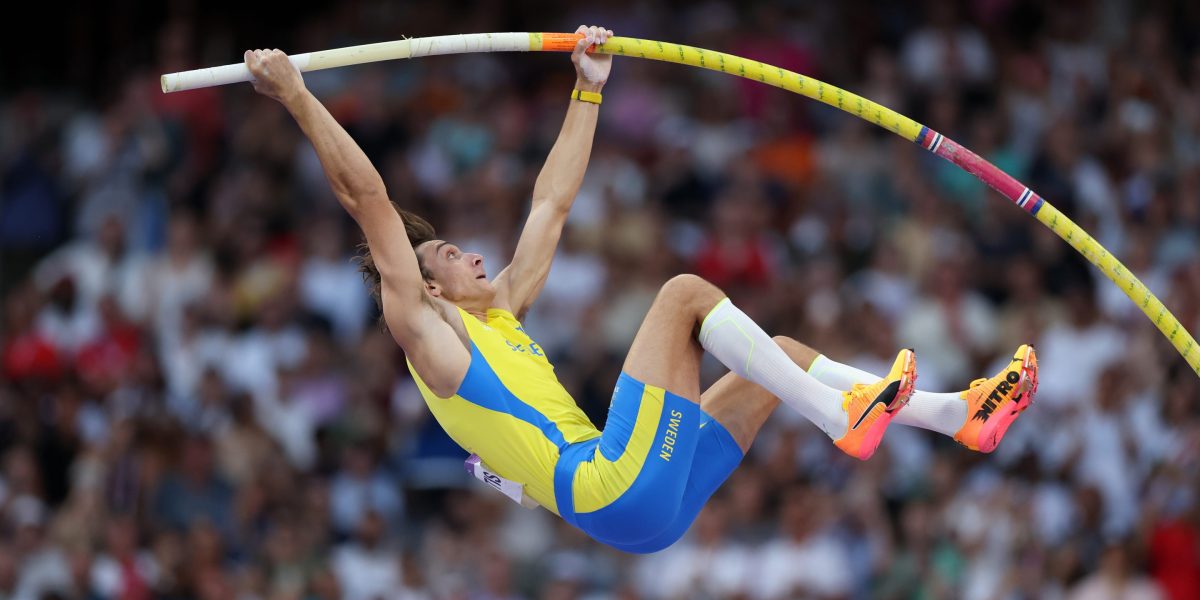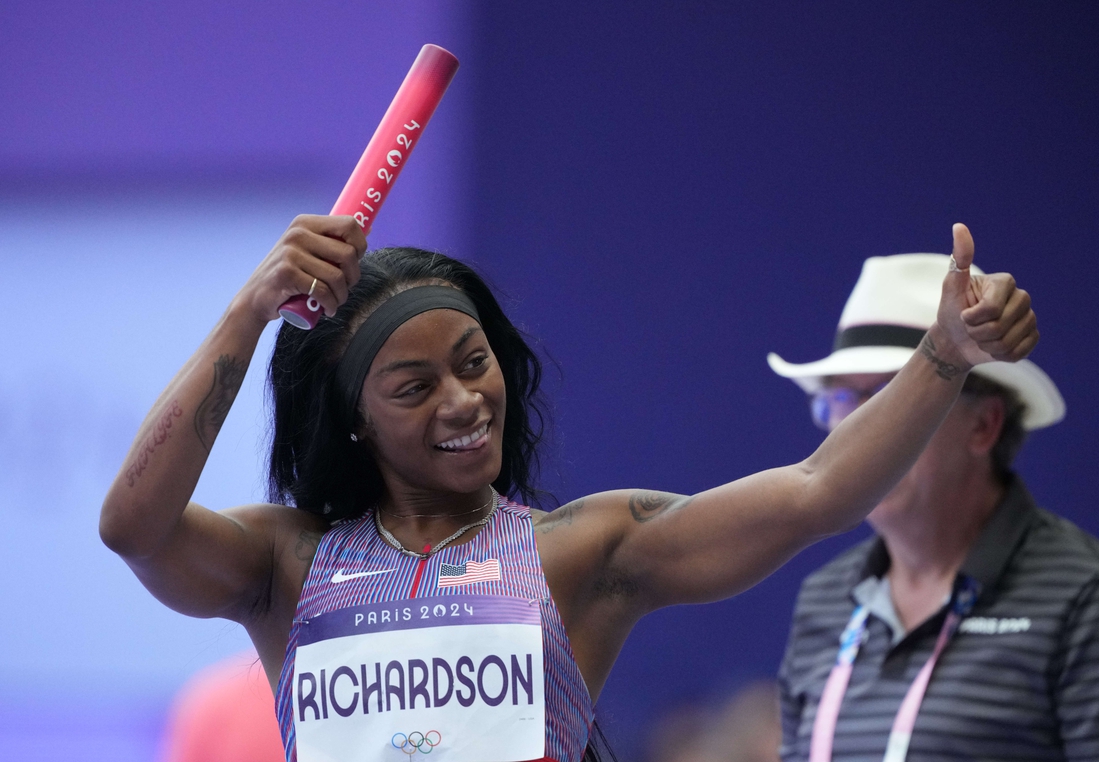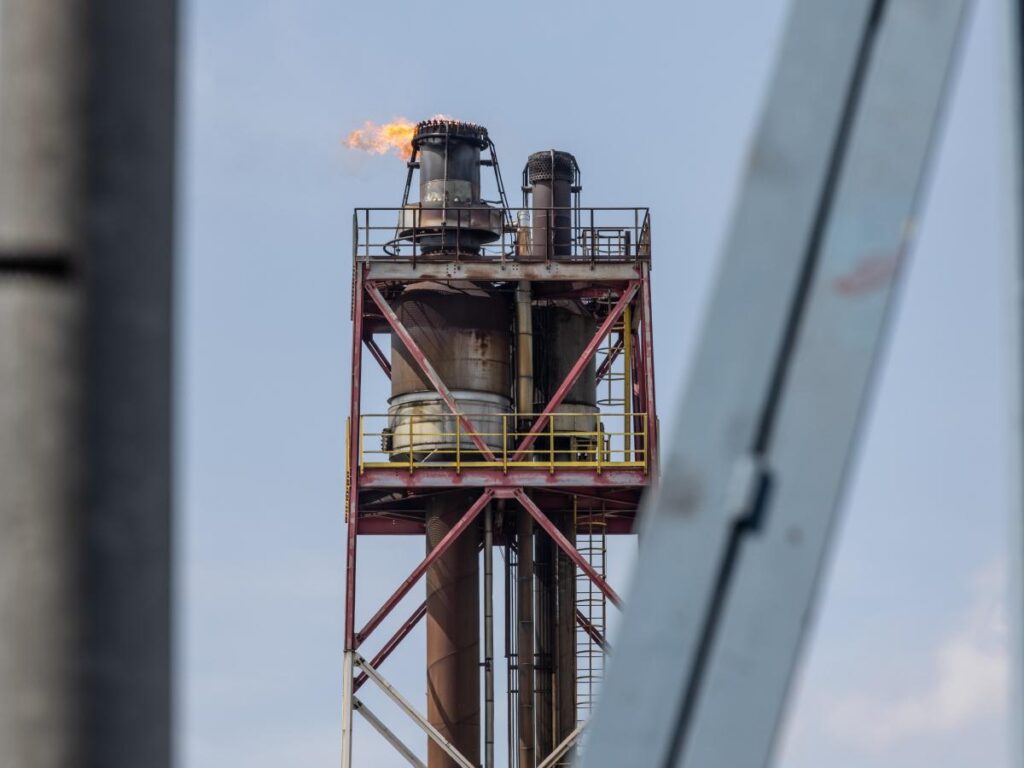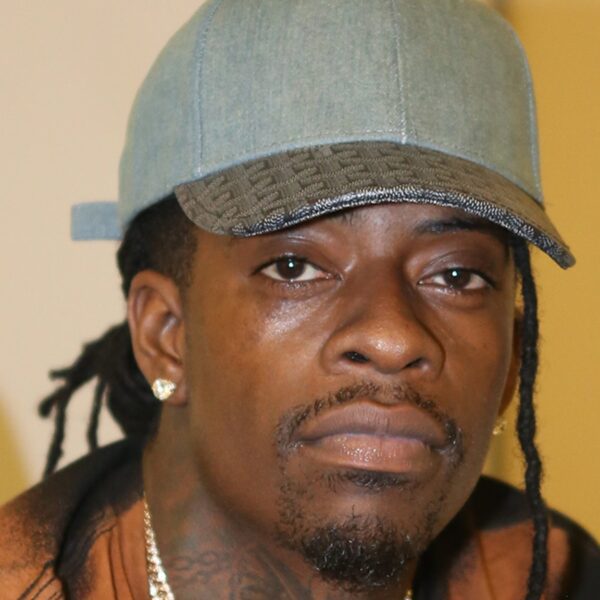For Olympics fans, watching pole vaulter Mondo Duplantis fly his way to gold—and a world record—was one of the biggest thrills of the 2024 games. But that six-second moment came with endless hours of training that honed very specific attributes: speed, strength, and “a kind of controlled fearlessness,” says his father and coach, former Olympian Greg Duplantis.
“That third one is kind of, you either have it or you don’t, although you can work on controlling it,” Greg, just back from Paris, tells Fortune. “Some pole vaulters are a little bit too daring, and they go over the edge and hurt themselves doing risky activities … Mondo is not like that. But he’s very, very fearless.”
He’s also very strong without having bulky muscle, and lithe—a body type that works well for pole vaulters, who must not only be lightning fast in the run-up, but powerful enough to absorb the extreme shock of the pole hitting what’s called the box, for the launch, and the force of flying over the bar.
“Your body has to be very strong,” Greg says, “the whole core from top to bottom, to handle that without getting hurt—from the hands, the wrists, the shoulders, the upper back, lower back, your legs, Achilles, everything.”
Pole vaulting, though, was just one of 48 track and field events in this year’s Olympics—all requiring their own specific superpowers, workouts, and, in some cases, body shapes and sizes.
“That’s what’s so awesome about track and field, is the different body types out there. There’s an event for everybody,” Tiffany Hogan, former Olympian, three-time national champion, and Brigham Young University track and field assistant coach tells Fortune.
Below, coaches break down how the athletes prepare, skills needed, and body-type myths and realities.
Core and strength training are fundamentals
When American shot putter Chase Jackson stepped into the ring for the Olympics women’s semifinals this week, she did so with the 8.8-pound metal shot and a wealth of training under her belt.
“One of the big things I like to work on is the core,” Jackson’s trainer Paul Wilson tells Fortune on the phone from Paris. “So the analogy I always use is, think of a tree. If the core is weak, the tree is going to fall over.”
Wilson, who coaches Jackson (who unexpectedly failed to qualify for Friday’s finals) and British Olympian shot putter Scott Lincoln, and is a trainer in the other throwing sports—discus, hammer throw, and javelin—says that all require a mix of rhythmic coordination, “explosive power,” and full-body strength.
“It’s all explosive,” says Wilson of the throw sports, noting that the movement path is generally the same, using several turns to generate speed before the throw. (An exception is the javelin throw, with the light javelin and a sprint before the toss—plus, it takes the genetic gift of what’s called a “fast twitch fiber” muscle, something sprinters have, too.)


ANNE-CHRISTINE POUJOULAT/AFP via Getty Images
“You’re not going to the gym and lifting six times a week, doing bicep kills,” he says. “If you want to be a bodybuilder, you work on the specific muscles, whereas we work the whole body.”
It’s important to not build too much muscle mass, which leads to losing elasticity. “You don’t want to become like the bodybuilder with the solid, rigid body … you need to be loose to get a long extension when you actually release the shot,” Wilson says.
That’s also important for pole vaulters, who tend to build strength primarily with body-weight exercises. “Lifting your body weight, pushing your body weight, because your body adapts to the activity that you’re trying to do,” Greg explains, “and doesn’t put on a tremendous amount of muscle.”
‘Throw with your legs’ and other non-instinctual rules
With throwing sports, Wilson says, “trying to coordinate everything together with a rhythm is quite hard, because you’re trying to go as fast as you can on the entry, and then at the front with explosive power while trying to hold your body back, working from the ground upwards.” For a visual, he says to think of twisting an elastic band and then letting it go—that’s your upper body, facing one direction while your legs are still going the other, generating the force to release the shot or the discus.
“A lot of throwers, when they’re starting off, want to try and just throw with their upper body. But you throw with your legs, not your arms … You walk on your legs all day, so your legs are stronger than your arms,” he says.
“There is upper body [work], but most everything you do is generated from your legs,” Hogan says, noting, “your arm is just an extension.” It’s why strength training is a huge part of multi-event training. When Hogan’s athletes hit the weight room, the foundational movements they focus on are variations of squats, power cleans, and power snatches, including for the throwing events, she says.
Avoiding dizziness with the spinning of throw sports, notes Wilson, just takes practice. “Repeat,” he says. “It’s just reps after reps after reps. The first few times you do it, you do become dizzy, but you then become spatially aware. And it’s like anything we see—the gymnasts, how do they not get dizzy going upside down? Or the divers? The more you do something, the more your brain adjusts, and the more your body adjusts.”
Adjusting to spinning is just one particularly nuanced skill—kind of like the controlled sprinting of pole vaulting, as opposed to the all-out sprinting of, well, sprinting.
“You have to be outright fast, and you’re working on outright speed. But the pole vault run has to be very precise, so it’s precision speed running,” says Greg. “You have to hit on a mark … within a pretty tight range. It’s tighter than a long jumper even. So it has to be a very precise run.” The goal, he explains, can be thought of as “a maximum controlled speed.”
Specific drills, from skipping to underwater vaulting
Wilson’s approach to coaching, he says, is that “all throwers are athletes,” meaning they’ve got to be able to do everything, from bench presses and squats to running and jumping.


Christian Petersen/Getty Images
Hogan, who trains women for the heptathlon—concluding on Friday and consisting of 100-meter hurdles, high jump, shot put, 200 meter run, long jump, javelin throw, and the 800 meter run—and men for the decathlon (a series of 10 events), looks to couple together drills for events that share similar movements.
For example, “the long jump and the hurdles have some similarities as far as the rhythm of the take off,” Hogan says, and during her practices, athletes will spend the first couple hours working on the mechanics, form, and power behind jumping (as they also do for throwing). That takes the form of plyometrics, which are exercises that involve a lot of jumping and bounding to build muscular power.
“We’ll do eccentric plyometrics, where we’re up on a box and we drop to the ground and then try to rebound, jump as high as we can,” Hogan says.
There’s also hopping, skipping, and running up stairs, which makes practices pretty fun—especially when they work out in a diving pool, something done by decathletes to work on pole-vault technique, going through the motions completely underwater. It’s the best way to slow down the movement and “feel what their body’s supposed to do,” Hogan says.
It’s particularly helpful to work on swinging upside down—what a pole vaulter must do just before propelling themselves over the bar. “It’s a very foreign, strange type of move,” Greg says. “And a lot of people have problems with just kind of visualizing it. The water is a way to see what it feels like.” But probably 50% of his training revolves around sprinting, mixed with strength training and then actual pole vaulting.
“It’s hard to get the strength that you need to pole vault without pole vaulting,” he says.
Body type can be crucial
Hogan, a two-time heptathlon Olympian, says the events show how a wide range of body types can be advantageous for different aspects of track and field. She says she could see the differences in her own performance as her body changed.
“At different body weights, I competed better in certain events over others,” she tells Fortune. “As my body shifted to lighter, I did better in the jumps than I did in the throws. When I was heavier, I did better in my throws than my jumps.”
Greg explains that, with pole vaulting, body type matters “a good bit,” explaining that “the longer, leaner type athletes are more suited for pole vaulting because you’re propelling yourself through the air and flying, and so any weight added that’s not helping is hurting.”
Being tall also brings an advantage with angling the pole just right, he says—as long as you’re not too tall, which can render you “unable to have the full-body strength to both take the collision and do the gymnastics move.” The “sweet spot” for men, he says, is somewhere between 5’11” and 6’2″.
Discus throwing, meanwhile, calls for “long levers,” or long arms that have a “big wingspan,” says Wilson. That’s because the discus is lighter (2.2 pounds for women and 4.4 pounds for men) and bigger than a shot, requiring a wider spinning radius to go far.
But long arms aside—and despite many throwers being bigger than, say, pole vaulters—Wilson says that there is no true body ideal, and points to men’s shot put as an example, pointing to the differences in build between American shot putters Ryan Crouser and Joe Kovacs.
Age, though, can be important, specifically for throw sports, as mastering the many elements of competition takes time. “It doesn’t happen overnight. It’s something that happens over years,” he says. “And that’s why throwers are probably a bit different than track athletes: they become their best when they are in their early to mid 30s.”
For more on the 2024 Paris Olympics:














